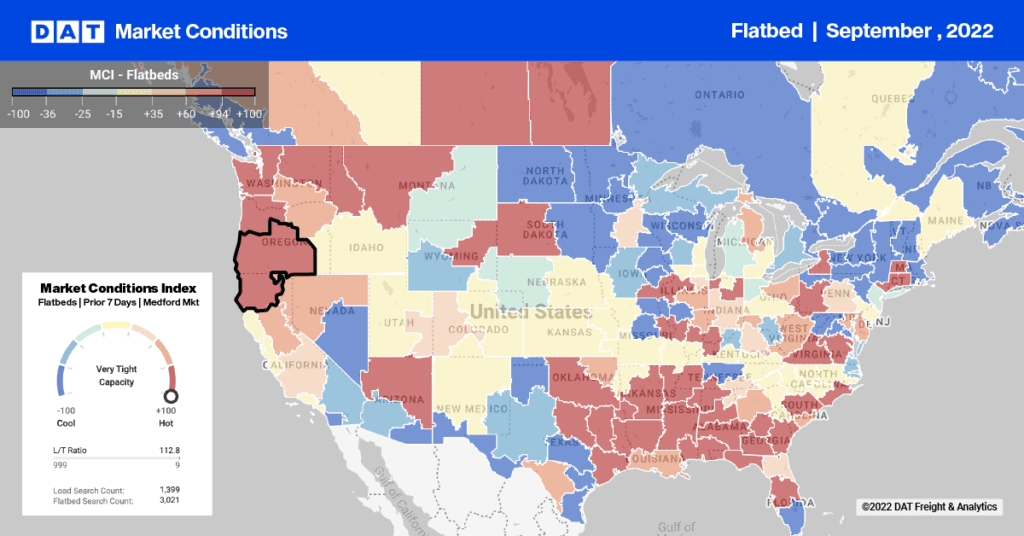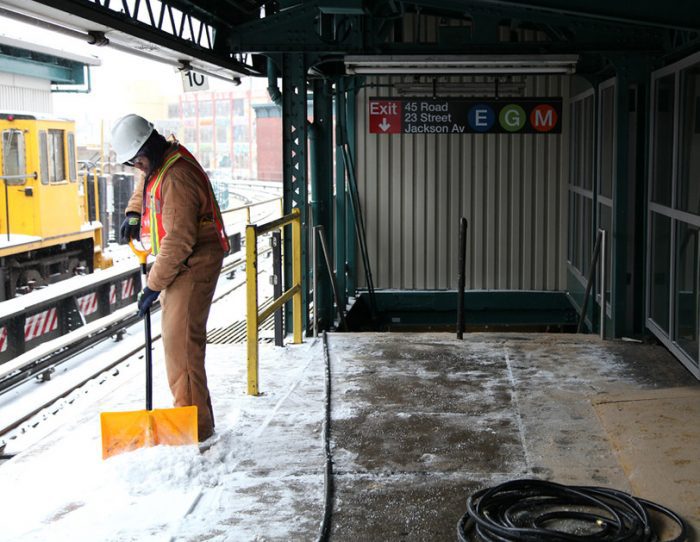In pricing, there’s a “zone of indifference,” which is the range of price points where the buyer will not change a purchase decision. A similar concept applies to forecasts.
Predictions don’t need to be perfect. You probably wouldn’t lose faith in a meteorologist if they’re off by a couple of degrees or if a rainstorm starts an hour earlier than predicted. But you still need to be able to plan for tomorrow.
In order to do that, predictive models have to produce accurate, reliable results in a consistent pattern that supports real-world solutions, allowing businesses to improve profitability and mitigate business risk.
Read “The Power of Prediction” for insights into accurate, cutting-edge freight forecasting models.

DAT iQ analysts began research and back-testing of predictive models in late 2018, refining the approach for 18 months before launching their Ratecast model. The testing revealed four requirements for any forecasting model to produce those results:
- A large database of historical rates recorded over a period of years, with minimal gaps.
- Many sources of data, integrated in a consistent way that keeps individual companies from influencing the predictions.
- Supply & demand metrics for individual lanes, since regions and markets respond differently to seasonal and economic influences.
- Applied algorithms to account for variability over time.
Download “The Power of Prediction” white paper for greater insights into accurate forecasting models that takes the uncertainty out of freight.


